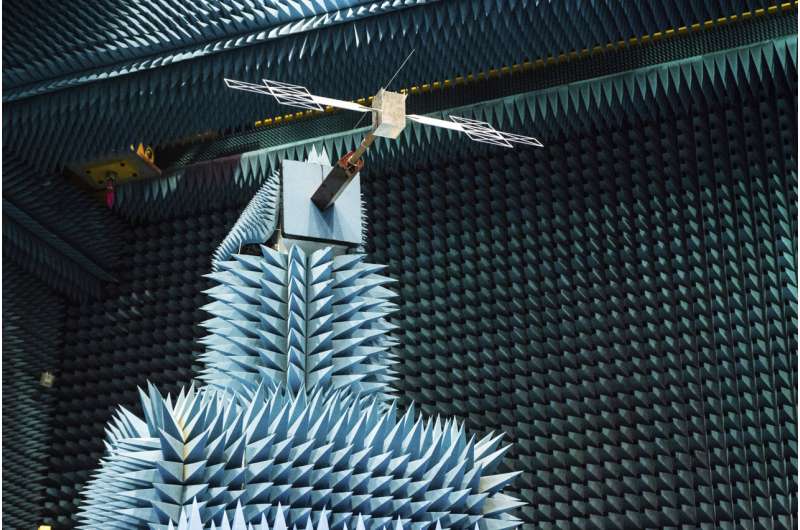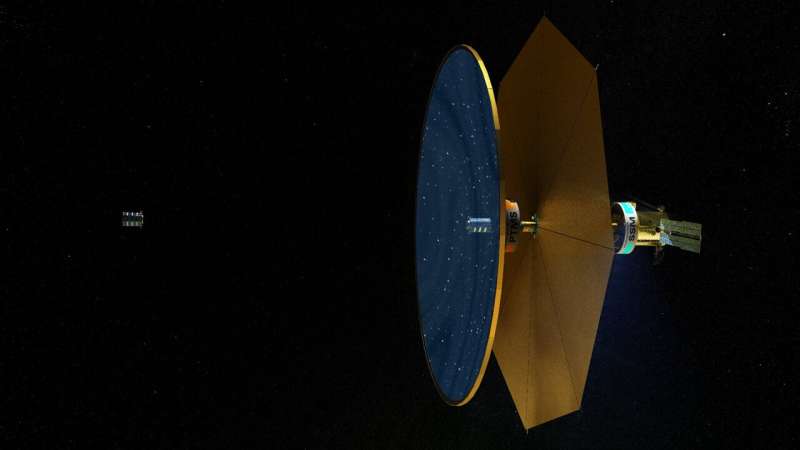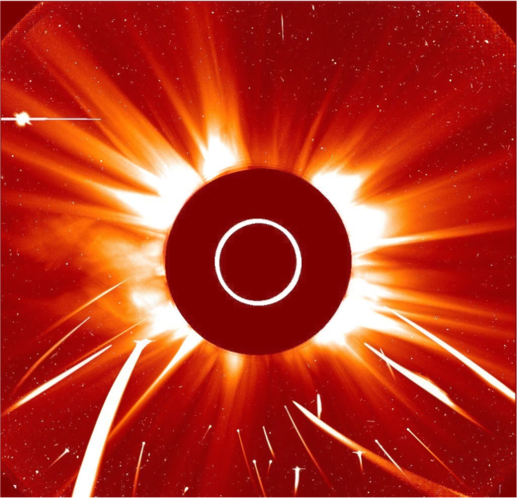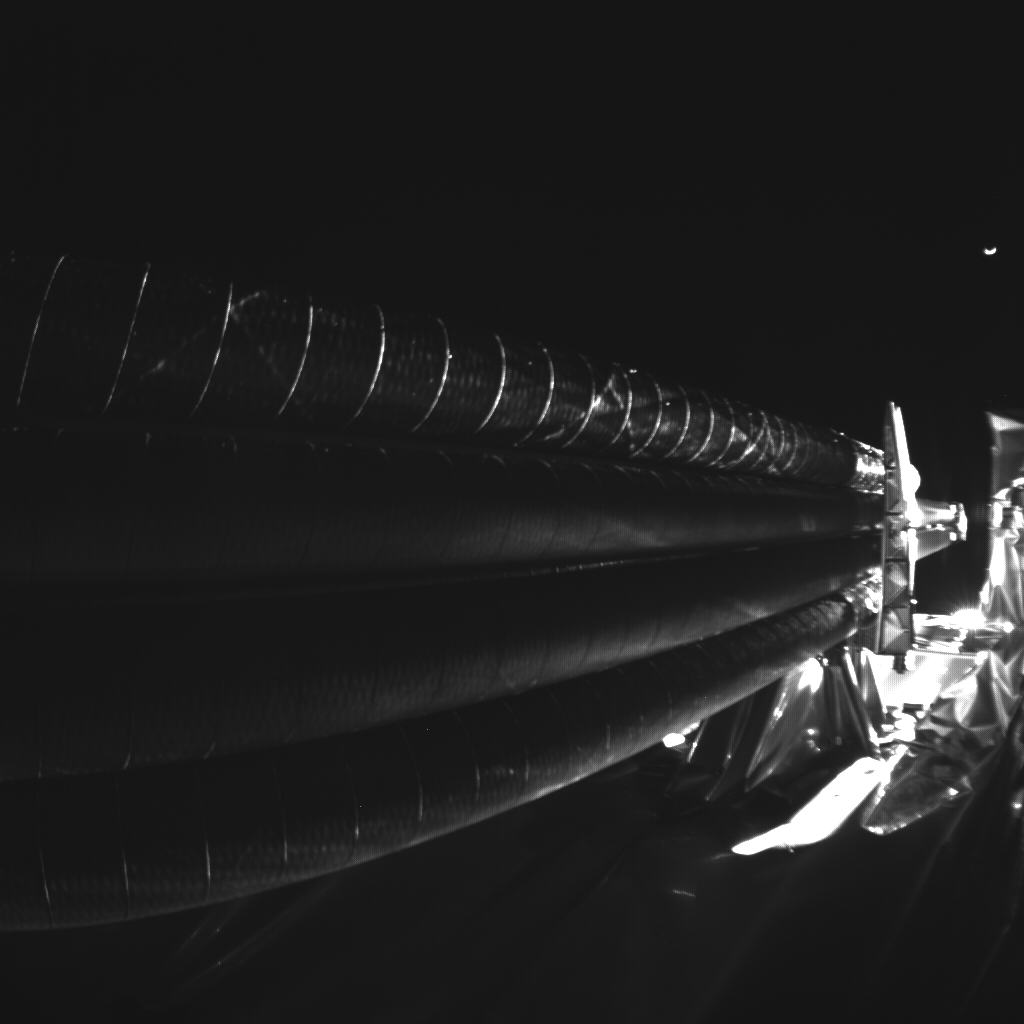Exo-Space hardware delivered to Sidus Space for LizzieSat
Sunday, 30 April 2023 08:44 Sidus Space, Inc. (NASDAQ:SIDU) reports that Exo-Space has delivered its hardware for integration and testing in preparation for launch aboard LizzieSat.
As previously announced, Sidus Space will integrate Exo-Space's FeatherEdge Data Processing Platform into its hybrid 3D printed satellite, LizzieSat. Through collaboration on data processing and storage technology in space, on-orbit testi
Sidus Space, Inc. (NASDAQ:SIDU) reports that Exo-Space has delivered its hardware for integration and testing in preparation for launch aboard LizzieSat.
As previously announced, Sidus Space will integrate Exo-Space's FeatherEdge Data Processing Platform into its hybrid 3D printed satellite, LizzieSat. Through collaboration on data processing and storage technology in space, on-orbit testi USSPACECOM forum discusses need for space-savvy medical personnel
Sunday, 30 April 2023 08:44 US Space Command's office of the Command Surgeon hosted the 2nd USSPACECOM Joint Space Medicine Forum April 18-19, at the Catalyst Campus in Colorado Springs, Colo. The two-day event brought together 37 medical leaders from combatant commands, service components, academia and NASA. This year's event emphasized a growing need for medical personnel to be "space savvy," placing a greater focus on d
US Space Command's office of the Command Surgeon hosted the 2nd USSPACECOM Joint Space Medicine Forum April 18-19, at the Catalyst Campus in Colorado Springs, Colo. The two-day event brought together 37 medical leaders from combatant commands, service components, academia and NASA. This year's event emphasized a growing need for medical personnel to be "space savvy," placing a greater focus on d Musk predicts next Starship launch in a “couple months”
Sunday, 30 April 2023 00:37
SpaceX Chief Executive Elon Musk said the first integrated test flight of his company's Starship vehicle met his expectations despite a cascading series of engine failures and other malfunctions that eventually caused the rocket to lose control.
A second pair of SES' O3b mPower satellites launched on a SpaceX rocket
Saturday, 29 April 2023 02:43 A SpaceX Falcon 9 launched two communication satellites, O3b mPower 3 and 4, and is now just one launch away from launching SES' next-generation broadband constellation in medium Earth orbit (MEO).
Falcon 9 lifted off Florida's Cape Canaveral Space Force Station, Space Launch Complex-40 (SLC-40), at 6:12 p.m. EDT (2212 GMT) on Friday.
O3b is an acronym that stands for "Other 3 Billio
A SpaceX Falcon 9 launched two communication satellites, O3b mPower 3 and 4, and is now just one launch away from launching SES' next-generation broadband constellation in medium Earth orbit (MEO).
Falcon 9 lifted off Florida's Cape Canaveral Space Force Station, Space Launch Complex-40 (SLC-40), at 6:12 p.m. EDT (2212 GMT) on Friday.
O3b is an acronym that stands for "Other 3 Billio SpaceX launches second pair of O3b mPower satellites
Saturday, 29 April 2023 00:19
SpaceX launched a second pair of O3b mPower satellites April 28 for SES, which is now just one launch away from bringing its next-generation broadband constellation in medium Earth orbit online.
Key radar antenna stuck on Europe's Jupiter-bound spacecraft
Friday, 28 April 2023 21:08
Orienspace of China targets first launch in second half of the year
Friday, 28 April 2023 19:59
Chinese rocket startup Orienspace is moving towards a debut launch from a sea platform with a solid rocket later this year.
Air Force navigation satellite experiment applying lessons from GPS
Friday, 28 April 2023 19:30
The U.S. Air Force Navigation Technology Satellite-3 — a flight experiment seven years in the making — is undergoing final tests ahead of a projected 2024 launch.
Astra, Exotrail win satellite propulsion orders
Friday, 28 April 2023 18:15
Astra Space and Exotrail have won orders for satellite electric propulsion systems as they work to scale up production of those products.
Spaceport Cornwall expands facilities following Virgin Orbit failure
Friday, 28 April 2023 17:24
Spaceport Cornwall, which provided the runway for Virgin Orbit’s failed launch from the U.K. in January, opened a new operations facility April 27 to attract more businesses in the wake of its flagship customer’s bankruptcy.
UAE astronaut exits ISS for first Arab space walk
Friday, 28 April 2023 14:26
Emirati astronaut Sultan Alneyadi stepped out of the International Space Station (ISS) Friday for the first space walk by an Arab astronaut, a moment touted by the UAE as a "milestone".
Alneyadi, 41, dubbed the "Sultan of Space" by his alma mater, become the first Arab astronaut to embark on a six-month space mission when he blasted off for the ISS in early March aboard a SpaceX Falcon 9 rocket.
On Friday, he undertook "the first Arab spacewalk in history," wearing a space suit that bears the Emirati flag, said the United Arab Emirates' Mohammed bin Rashid Space Centre (MBRSC), calling it "a new historic milestone".
Footage live-streamed by NASA showed the UAE astronaut exiting an ISS hatch.
"Sultan Alneyadi has egressed the hatch, the first ever space walk by an Arab astronaut," NASA said.
The space walk will last for around six hours and thirty minutes, according to MBRSC and NASA.
Alongside NASA's Stephen Bowen, Alneyadi will "change the Radio Frequency Group unit and prepare for the installation of solar panels," the Emirati astronaut said in a Twitter post carried by the official WAM news agency.
What is the Fluidic Telescope?
Friday, 28 April 2023 13:19
The Fluidic Telescope (FLUTE) project team, jointly led by NASA and Technion–Israel Institute of Technology, envisions a way to make huge circular self-healing mirrors in-orbit to further the field of astronomy.
Week in images: 24-28 April 2023
Friday, 28 April 2023 12:15
Week in images: 24-28 April 2023
Discover our week through the lens
Work continues to deploy Juice RIME antenna
Friday, 28 April 2023 10:40
Juice’s ice-penetrating RIME antenna has not yet been deployed as planned. During the first week of commissioning, an issue arose with the 16-metre-long Radar for Icy Moons Exploration (RIME) antenna, which is preventing it from being released from its mounting bracket.
Preparing for Space: ESA's Astronaut Training
Friday, 28 April 2023 09:00 Video:
00:04:08
Video:
00:04:08
The European Space Agency (ESA) is currently training five astronaut candidates for future missions to the International Space Station and beyond. Their training programme consists of three phases: The first phase is basic training, which covers medical exams, fitness assessments, and space programmes and systems. The second phase, the pre-assignment training, is advanced training in specific areas such as systems training, vehicle training, robotics and EVA-training. The third phase is mission-specific training, which is tailored to the tasks and experiments that astronauts will perform during their mission. ESA's astronaut training programme also includes training for exploration of

